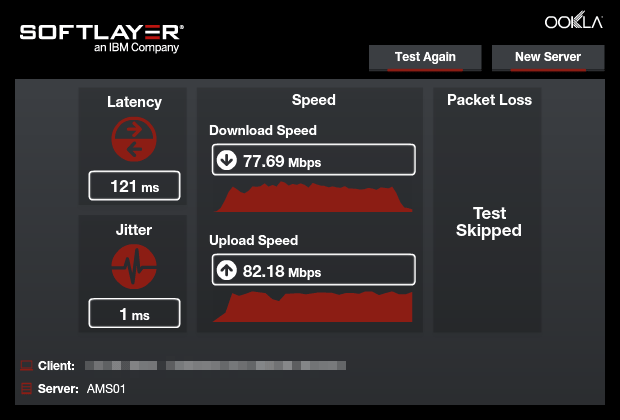
The Importance of Data’s Physical Location in the Cloud
If top-tier cloud providers use similar network hardware in their data centers and connect to the same transit and peering bandwidth providers, how can SoftLayer claim to provide the best network performance in the cloud computing industry?
Over the years, I’ve heard variations of that question asked dozens of times, and it’s fairly easy to answer with impressive facts and figures. All SoftLayer data centers and network points of presence (PoPs) are connected to our unique global network backbone, which carries public, private, and management traffic to and from servers. Using our network connectivity table, some back-of-the-envelope calculations reveal that we have more than 2,500Gbps of bandwidth connectivity with some of the largest transit and peering bandwidth providers in the world (and that total doesn’t even include the private peering relationships we have with other providers in various regional markets). Additionally, customers may order servers with up to 10Gbps network ports in our data centers.
For the most part, those stats explain our differentiation, but part of the bigger network performance story is still missing, and to a certain extent it has been untold—until today.
The 2,500+Gbps of bandwidth connectivity we break out in the network connectivity table only accounts for the on-ramps and off-ramps of our network. Our global network backbone is actually made up of an additional 2,600+Gbps of bandwidth connectivity … and all of that backbone connectivity transports SoftLayer-related traffic.
This robust network architecture streamlines the access to and delivery of data on SoftLayer servers. When you access a SoftLayer server, the network is designed to bring you onto our global backbone as quickly as possible at one of our network PoPs, and when you’re on our global backbone, you’ll experience fewer hops (and a more direct route that we control). When one of your users requests data from your SoftLayer server, that data travels across the global backbone to the nearest network PoP, where it is handed off to another provider to carry the data the “last mile.”
With this controlled environment, I decided to undertake an impromptu science experiment to demonstrate how location and physical distance affect network performance in the cloud.
Source : http://blog.softlayer.com/2015/importance-datas-physical-location-cloud



Write a Comment